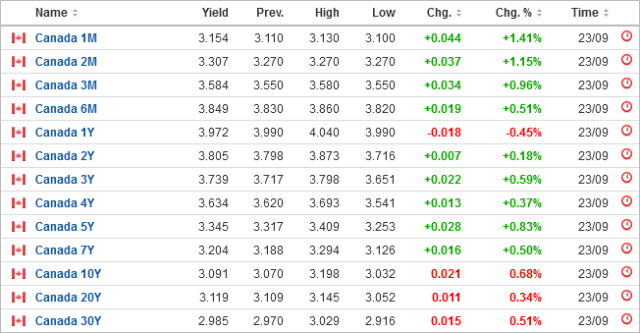ARCH has been up and down like a yo-yo for the past half-year, ranging from roughly its current lows of 115 to a high of about 170 per share.
They have been able to cash in significantly in the post-Covid metallurgical coal boom, which is also instigated by the lack of capital invested in the industry.
I’ve been revisiting the math with this company.
I made some significant projection errors with my previous April 26, 2022 post. I improperly accounted for the shares outstanding (16 million vs. 19.8 million actual) and also underestimated the cash collection cycle when it come to the Q2 dividend. I was off by a mile, estimating an $11.60 dividend when it was actually $6.00! In fairness to my projection, the company did earn about $25/share on my mistaken input of 16 million shares, but they allocated some excess dividend cash to asset retirement.
I’ve sharpened my pencils since then and hopefully will be a little more precise. While at times I can be a spreadsheet warrior and try to calculate numbers to the nearest decimal point, investment analysis is a really strange business where in most cases it is intellectually wasteful to try to be exactly correct, but optimally be mostly correct with your assumptions and directions. We will apply the same standards here.
Balance sheet-wise, ARCH ended Q2 with approximately $191 million net cash, not including the $100 million they stashed away for asset retirement obligations. This assumes the capped call transaction is cashed in, and the convertible debt is converted. This positive net cash value represents about 10% of the market cap of the company, although for the purposes of this analysis we will make a conservative assumption and ignore the net cash on the balance sheet.
We will use 19.8 million shares as the denominator, although it is quite possible ARCH did perform share buybacks in Q3.
The key statistic in Q2 was the average met coal sales price of US$286 per ton. They already have committed sales in North America for US$216, and seaborne for US$284. The rest is spot sales, which for most part should be at comparative prices.
I see that Australian coking coal futures are trading around US$264 spot and US$310 for Q1-2023 coal (quite the contango).
The point is that Q3 met coal sales pricing should be around the ballpark as Q2, or about $400 million in net income.
This time, however, the company will have fully funded the reclamation funds and paid down the debt, so they can fully utilize the free cash flow for the 50/50 capital allocation model (half to dividends and the other half to either buybacks, capital preservation or the like). In Q2 the dividend was reduced by $40 million (~$2/share) than it otherwise should have been due to the $80 million contributed to asset retirement.
ARCH should be able to give off about $9/share in their Q3 dividend, based off of approximately $360 million in distributable cash. I am guessing that their accounts receivable balance will not bloat further during the quarter.
This will make the three-quarter average for dividends $7.75/share, or $31/share annualized.
Recall this is half of the company’s distributable cash flows, which annualized is about 27% of the current share price (US$115/share).
The company will probably dump the majority of the other half of free cash flow into share buybacks. Needless to say, at a price of a 27% implied yield and in a net cash situation, I do not disagree with using capital for buybacks. Even if they are the worst market timers on the planet, they would have bought back a million shares this quarter, which would take out 5% of the shares outstanding and they would be able to jack up the dividend even further – to about $9.50/share.
At US$280/ton for met coal prices, ARCH is a cash generating machine. The margin of safety is quite high.
However, many dead bodies are littered on the road of purchasing commodity stocks after cycle highs. If the world is heading into an interest rate induced global economic recession, it does not bode well for steel production, which in turn would sap demand for metallurgical coal production. Current indications suggest a mixed environment, which bodes well for future returns.
The only real threat, other than raw commodity pricing, is their tax shield. At the end of 2021, ARCH had reserved $500 million for a valuation allowance with respect to their income taxes. In the first half of 2022, they went through $120 million of this, which will result in their tax shield expiring around Q4-2023 at the current pace of their earnings. The blended tax rate for ARCH would be approximately 28% when this kicks in – reducing the returns significantly for 2024 and beyond, but still a very healthy amount.
